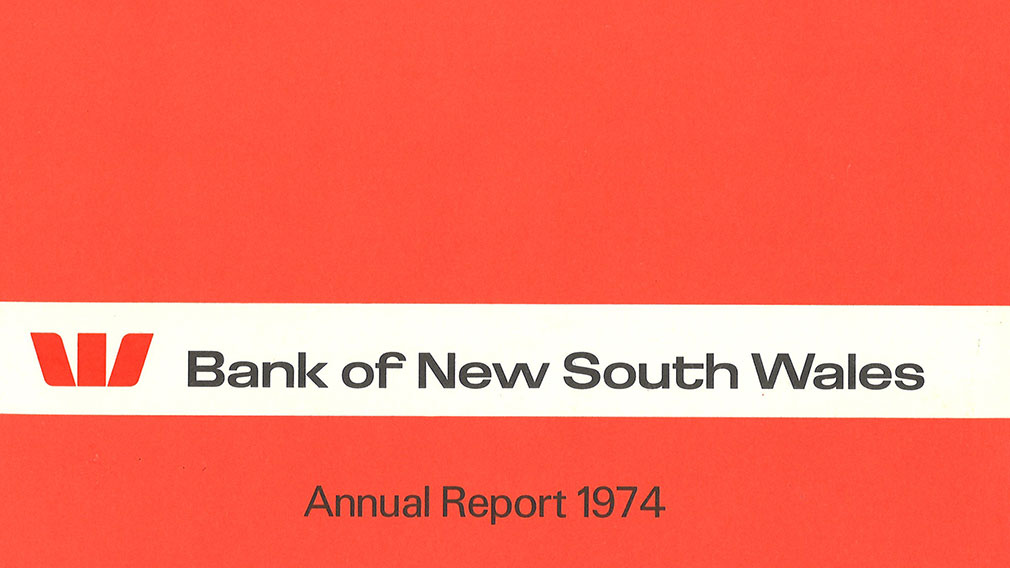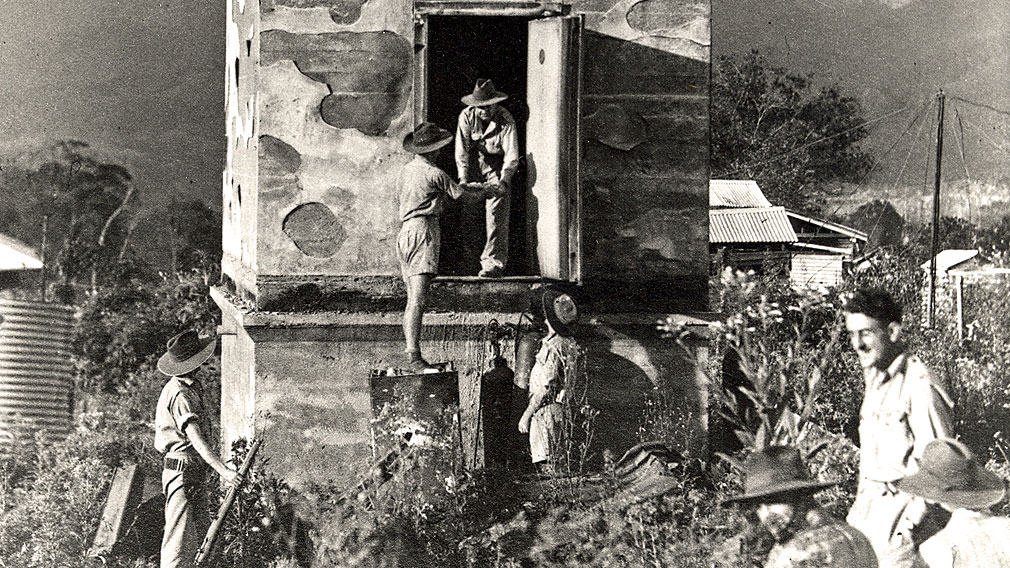WFH, 1800s style…
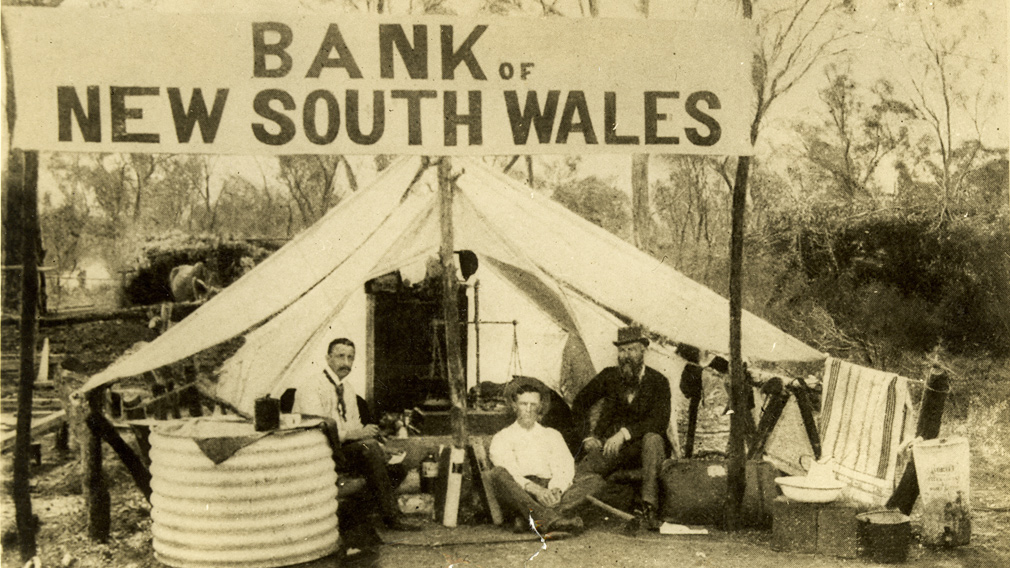
There were few comforts for staff in the tent “branches” hastily erected to service banking needs during the goldrush. (Westpac Archives)
If, like me, you’re struggling with what feels like week 7296 of lockdown, spare a thought for some of our predecessors.
Sure, bushrangers, tent branches and the odd blunderbuss evoke an adventurous, even romantic past for banking.
But the reality?
Probably a lot less comfortable than for those of us working from home – or WFH – even if you throw in the extra challenges of caring and home-schooling (my year 12 son is shouting at his computer screen as I type).
A rummage in Westpac’s records unearths many first-hand accounts of the harsh realities for staff in years past. Fascinating among them is the story of the bank’s very first employee, 24-year-old free settler, Joseph Hyde Potts, who’d arrived in Sydney not long before the Bank of New South Wales (which became Westpac) opened in April 1817.
Bringing knowledge of accounting from his native England, Potts was initially appointed as “porter and servant” (probably to his disappointment), with his salary a weekly ration from the Government Stores, topped up with £25 per annum for his “extra time”.
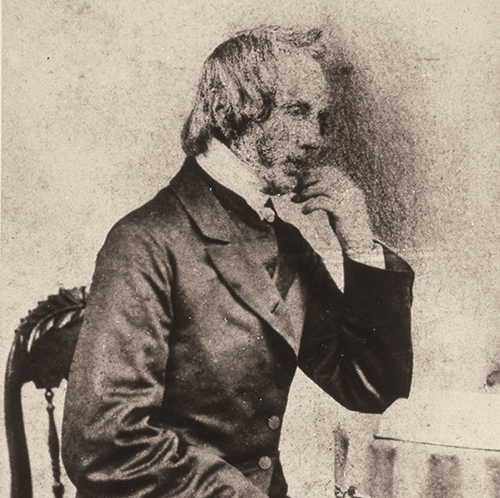
Joseph Hyde Potts, the first employee of the Bank of NSW. (Westpac Archives)
Taking WFH to a whole new level, for security reasons Potts was required to sleep on the premises, a building near Circular Quay rented from Mary Reibey (the woman on Australia’s $20 note). Yet, our records indicate the only furniture besides the bank counter was a strong box and a cane-bottomed couch for customers to sit on while they waited for service.
One of Potts’ “special duties” was to keep the bank’s blunderbuss in excellent working order. Fortunately, there’s no record of it ever being fired.
Two years into his tenure, Potts wanted to get married, but when he asked permission from the board, as required by his employment terms, he was advised the bank would “dispense with his services”.
Potts deferred his wedding.
Three years later, in July 1822, he finally scored his own room in the bank’s new premises, a former public house known as The Thistle Inn, on the eastern side of Sydney’s George Street.
With little else to do during evenings alone at the bank, Potts expanded his talents. A set of tables he developed to help calculate interest at different factors was published in 1821 to much acclaim. He also designed the official bank notes released in 1826 (image below), described by The Sydney Gazette as “a most superb display of that which man is able to effect with nothing more than his pen and common writing ink. There is a simplicity and beauty about the note which renders it enchanting”.
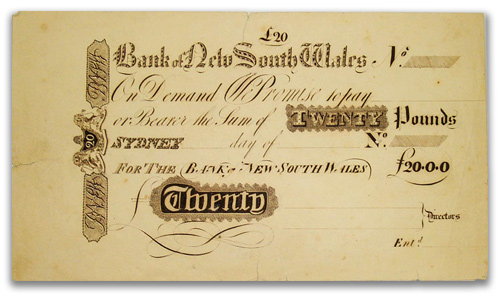
As his range of duties expanded, so did his salary and by 1830 he was able to purchase six and a half acres of land which would thereafter bear his name: Potts Point.
Finally, 17 years after starting work, Potts was granted £50 and 10 days’ leave of absence, evidently his first, and he got his wish, a notice in The Australian proclaiming his marriage to Miss Emma Bates.
Let’s hope they lived somewhere other than the bank.
Fast forward to 1860, the peak of the east coast gold rush and the tale of 21-year-old George Preshaw from Castlemaine, Victoria. He was among a handful of bank employees sent to Kiandra in the Snowy Mountains, where crowds of wannabe gold-diggers needed banking services.
Lucky for us, Preshaw captured his experience in a memoir, Banking Under Difficulties or Life on the Goldfields, published in 1888.
Even getting to Kiandra was arduous, requiring a coastal steamer from Melbourne to Eden followed by a 240km, five-day ride on horseback, finding meals where he could, and sleeping at homesteads where, although he “did not half like the idea”, his only option was to share beds with strangers.
On arrival at the goldfields, where he’d spend the next four years, his first impressions of the “bank” – a calico tent – was puzzlement at a “stream of water” running through the tent under the young man at the counter.
“But on examination (I) found it was caused by the snow, which was a foot or two deep at the back of the tent, thawing,” he recalls. “The floor was one mass of puddle. No fireplace, so of course no fire. No door to the tent … The counter was a novelty in its way – four saplings stuck into the mud with a few rough boards on the top.”
His accommodation was not much better: an 8 x 10 feet (about 2.5 x 3 metre) room at a nearby hotel in which eight men slept – four on the floor, four on stretchers over them. Preshaw invariably got “a middle berth” on the floor, “so that I was always sure of a fair share of the bed-clothes”.
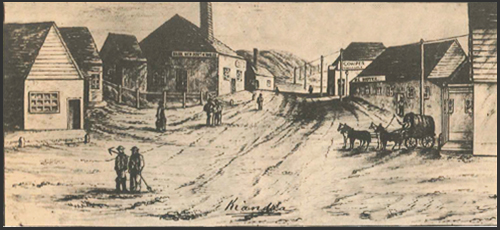
After setting up in a tent in Kiandra, the Bank of NSW moved into a wooden building, centre left, in August 1860. (Westpac Archives)
The bank clerks were a daily target for bushrangers, as they transported money in their saddlebags between the tent branch and the government “offices” in town, to store it under “the commissioner’s bunk” (there were no safe). Armed with revolvers, Preshaw defended himself – and his saddlebags – from “very suspicious characters” on more than one occasion, but fortunately came to no harm.
Other sometimes deadly tensions pervaded the camp, like the racially incited riots at Lambing Flat, but Preshaw also recounts lighter moments, including when he and his colleagues scouted for gold themselves, digging up the dirt under the bank’s branches – alas with little success.
Preshaw’s sense of amazement at the conditions, where “a gin-case” replaced the bank’s traditional “cedar counters” and “massive ledgers” were swapped with “a piece of wrapping paper”, is something we can all relate to, with the added lens of a further 160 or so years.
I wonder what these employees would make of the digitally enabled WFH conditions of today?


